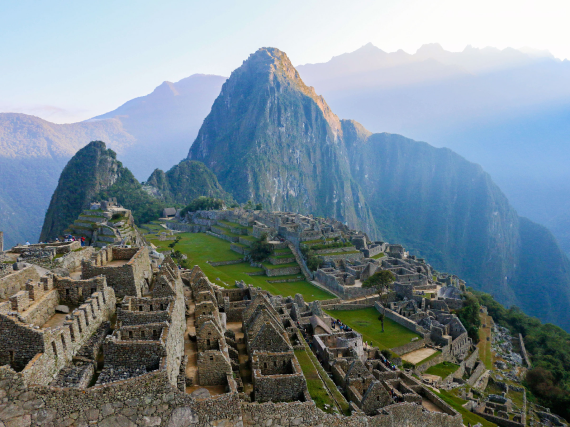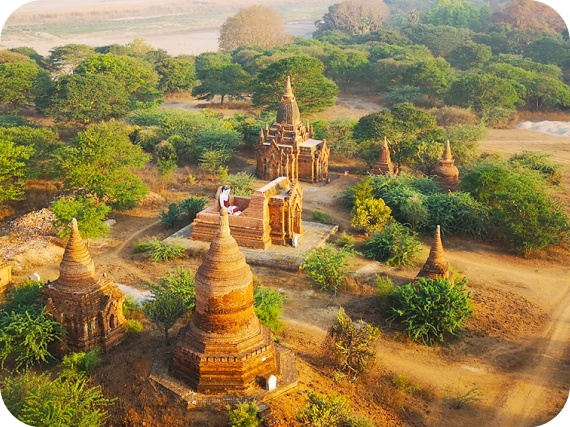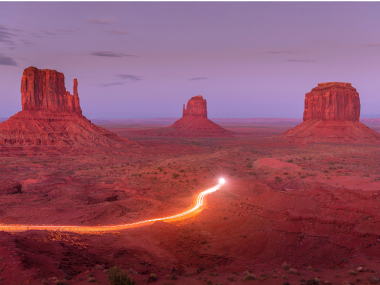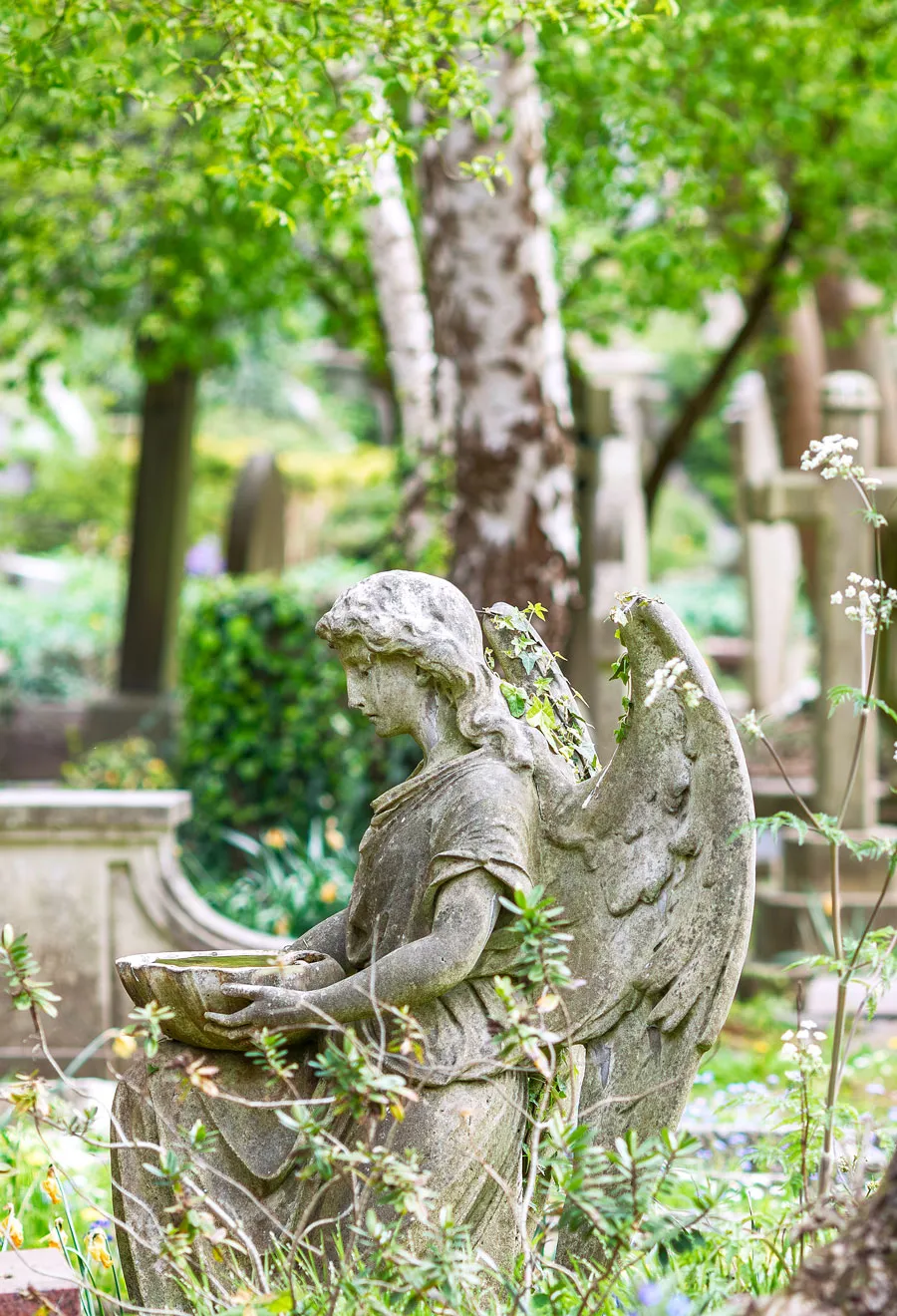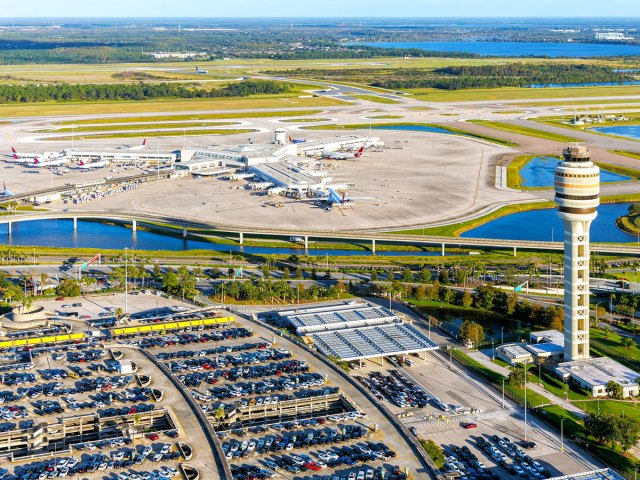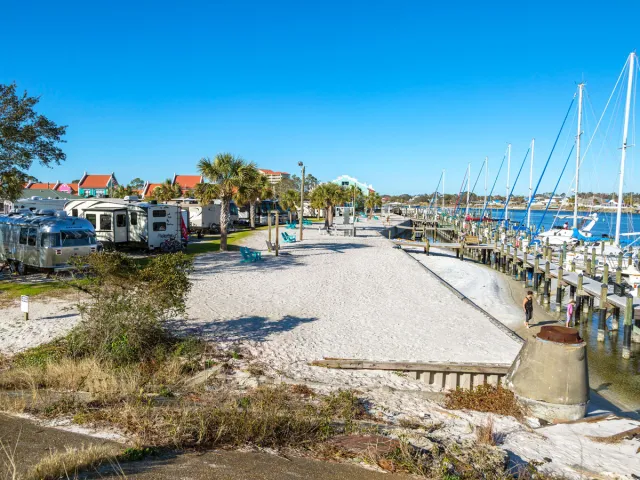Whether ornate or sparse and solemn, the designs of cemeteries are often chosen as a way of honoring those who have passed on. They can also be fascinating destinations in their own right. From the magnificently carved mausoleums of Argentina’s La Recoleta Cemetery to the 400,000 gravestones at Arlington Cemetery, check out our picks for seven of the most beautiful cemeteries in the world.
La Recoleta Cemetery – Buenos Aires, Argentina
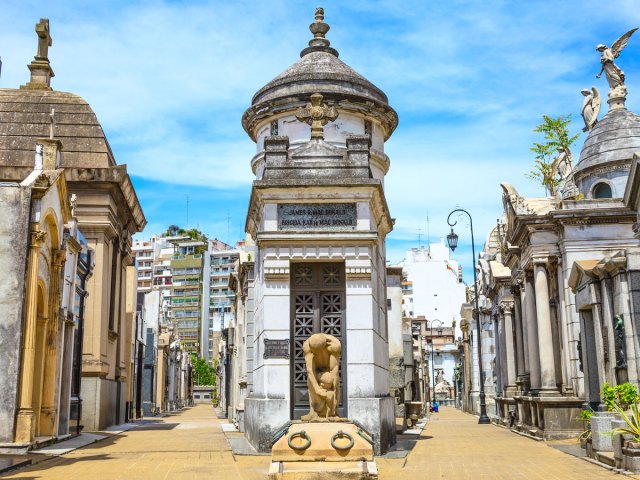
Located in the historic Recoleta district of Buenos Aires, La Recoleta Cemetery contains more than 6,400 graves, most of which sit above ground. Although it’s clearly a somber and reflective place, you can’t help but marvel at La Recoleta, which covers 14 acres and is laid out like a city, allowing visitors to peacefully stroll its “avenues” lined by marble crypts.
The magnificently carved mausoleums and monuments span architectural styles from ancient Greek to Art Nouveau, and everything in between. It’s where Argentine icon and former first lady Eva Perón is buried — along with numerous Argentine presidents, Nobel Prize winners, and even Napoleon’s granddaughter.
Milan Monumental Cemetery – Milan, Italy
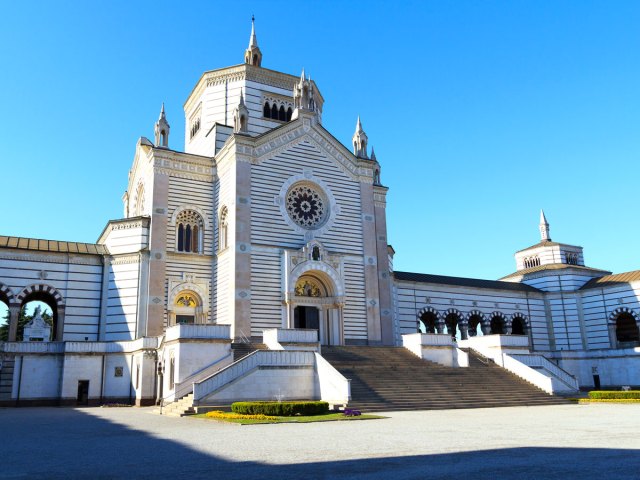
Founded in 1866, the Monumental Cemetery (Cimitero Monumentale) in Milan borders on being a museum of classic art. At one time, the cemetery was a place where only the wealthiest citizens were buried, and as a result, it features many elaborate and extravagant tombs and mausoleums. For instance, the tomb of Italian entrepreneur Davide Campari is adorned with a life-size bronze statue of the last supper, while another famous tomb features a statue of a woman leaning over the grave, weeping.
Arlington National Cemetery – Arlington, Virginia

The Arlington National Cemetery in Arlington, Virginia, is one of the most well-known cemeteries in the world. The surrounding trees create a stark contrast to the white headstones that dot the 624-acre cemetery, which has gravestones for over 400,000 people, including former presidents John F. Kennedy and William H. Taft. The cemetery is open to the public and sees about 3 million visitors per year. Perhaps the most well-known tomb is that of the Unknown Soldier, which sits atop the hill overlooking the cemetery.
St. Andrews Cathedral Cemetery – St. Andrews, Scotland
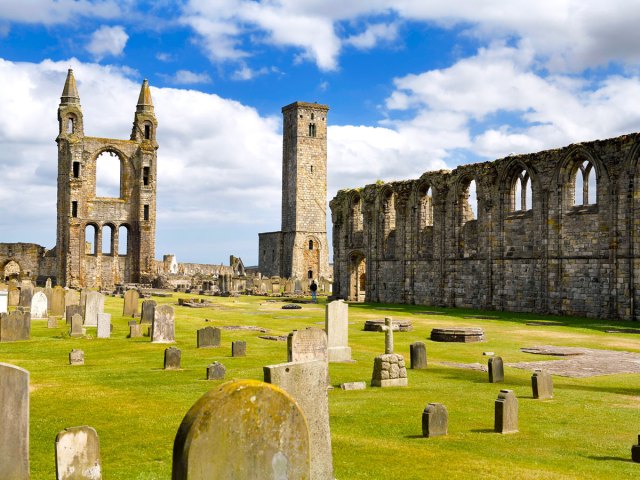
The cemetery at St. Andrews Cathedral lies on the ruins of one of Scotland’s oldest and largest churches. The remains of the church are an enormous display of Gothic architecture situated next to the North Sea in the town famous as the “Home of Golf.” The church was built in the mid-12th century but went neglected after the Scottish Reformation. Today, not much of the church remains, but you can still climb the stairs of the St. Rules Tower and take in the extraordinary view below.
Okunoin Cemetery – Mount Koya, Japan
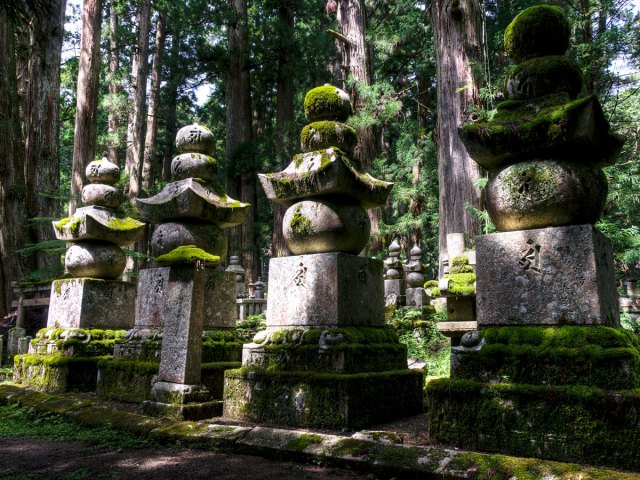
The cemetery at Okunoin Temple is the largest cemetery in Japan. Over 200,000 people have been laid to rest on the grounds, including Kobo Daishi, the founder of Shingon Buddhism. As such, the cemetery is considered one of the most sacred places in all of Japan. As you enter the grounds, a bridge takes you into the cemetery. Brick pathways weave around the tombstones, many of which are covered with moss and surrounded by towering trees, creating a quiet, secluded atmosphere worthy of such a sacred site.
Mount of Olives Jewish Cemetery – Jerusalem, Israel
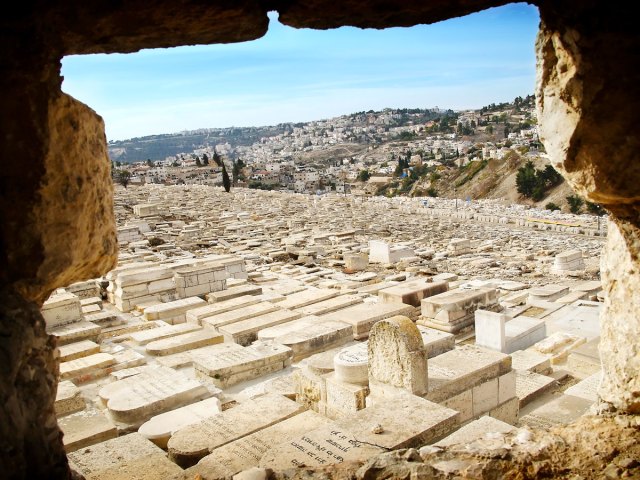
The Jewish Cemetery on the Mount of Olives is not only the oldest Jewish cemetery in the world, but also one of the world’s largest cemeteries. For over 3,000 years, the cemetery has been a burial ground for local residents and is one of the most sacred spots in the Jewish faith. The cemetery sits on a hill that was once a fertile olive grove, and more than 70,000 people have been buried on the grounds. The tombs lay side by side and encompass the entire hillside, making for a one-of-a-kind scene. From atop the hill, you can see the entire city, most notably, the gold-domed Temple Mount.
Highgate Cemetery – London, England
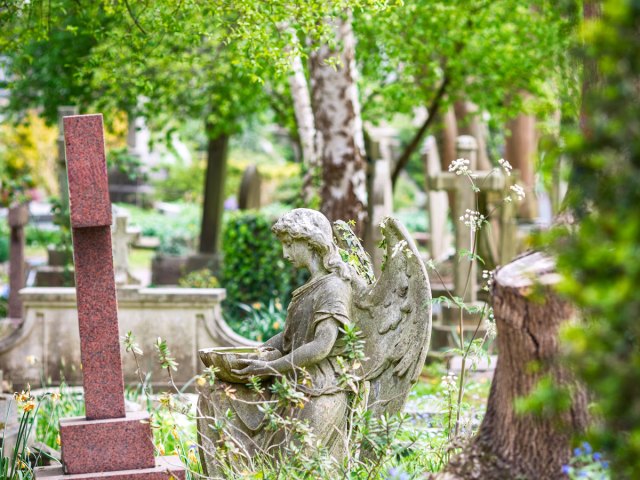
Opened in 1839, Highgate Cemetery was built out of necessity as London began to run out of room to bury the dead in the early 19th century. In the beginning, the cemetery was the burial site for some of the city’s richest residents; however, as the years went by, fewer people chose to purchase the extravagant burial spaces at Highgate Cemetery, and the cemetery suffered from poor maintenance.
In 1975, the Friends of the Highgate Cemetery formed to begin to restore the grounds. Still, much of the cemetery is overgrown with mature trees and shrubbery, making it a haven for wildlife. The east cemetery, which includes the final resting place of philosopher Karl Marx, is open to the public, while the west cemetery is available for viewing by guided tour only.
More from our network
Daily Passport is part of Inbox Studio, which publishes content that uplifts, informs, and inspires.

